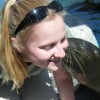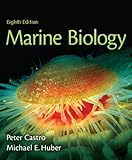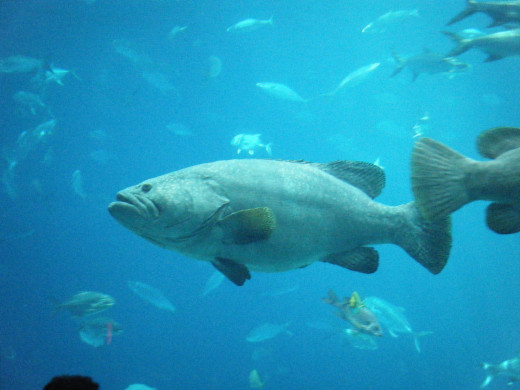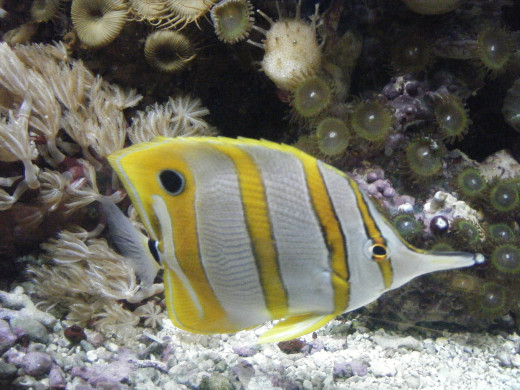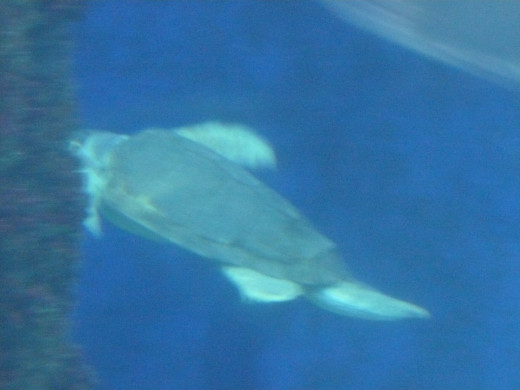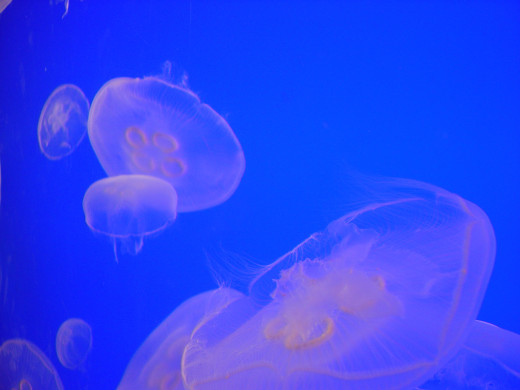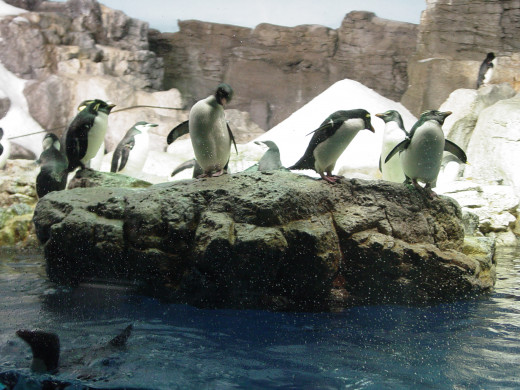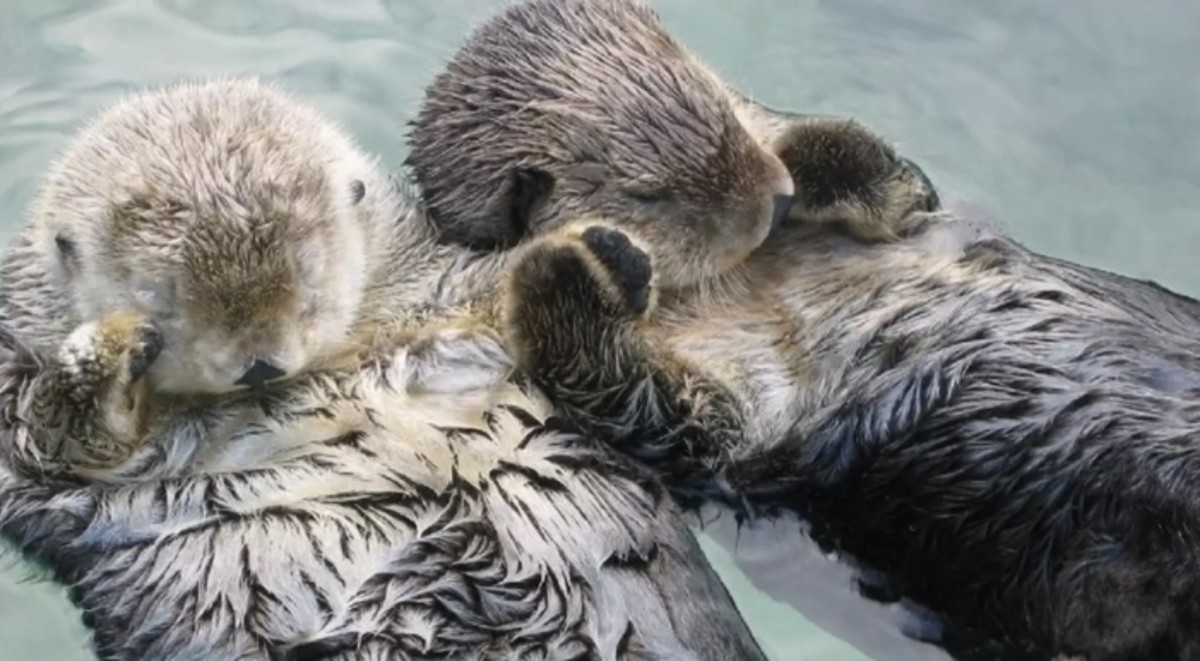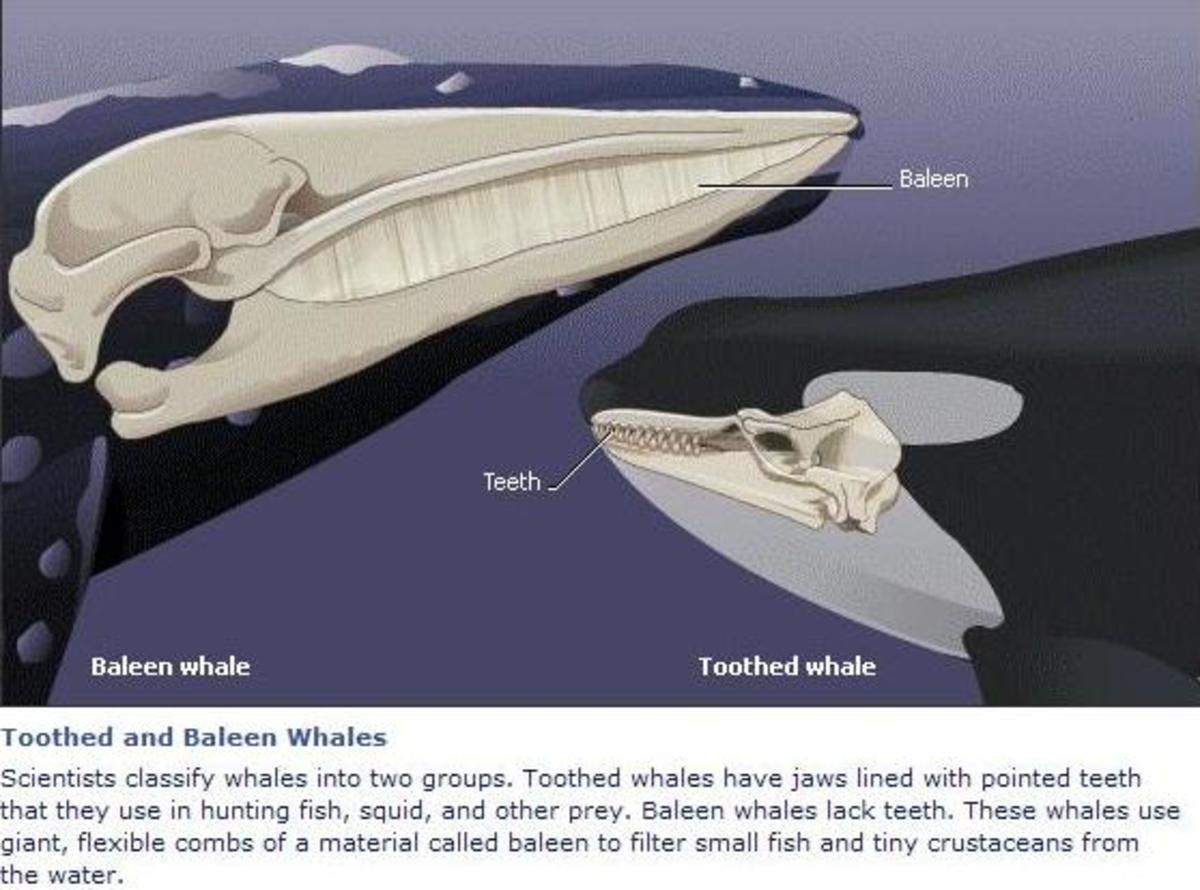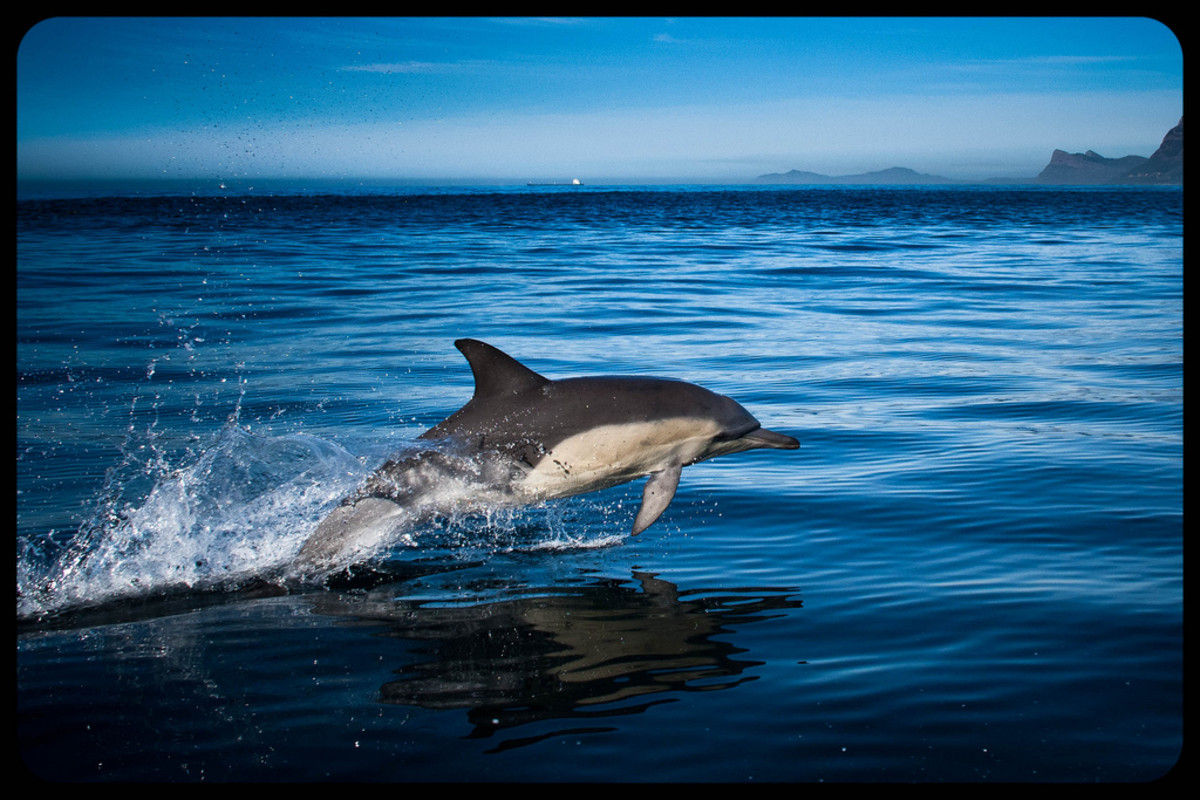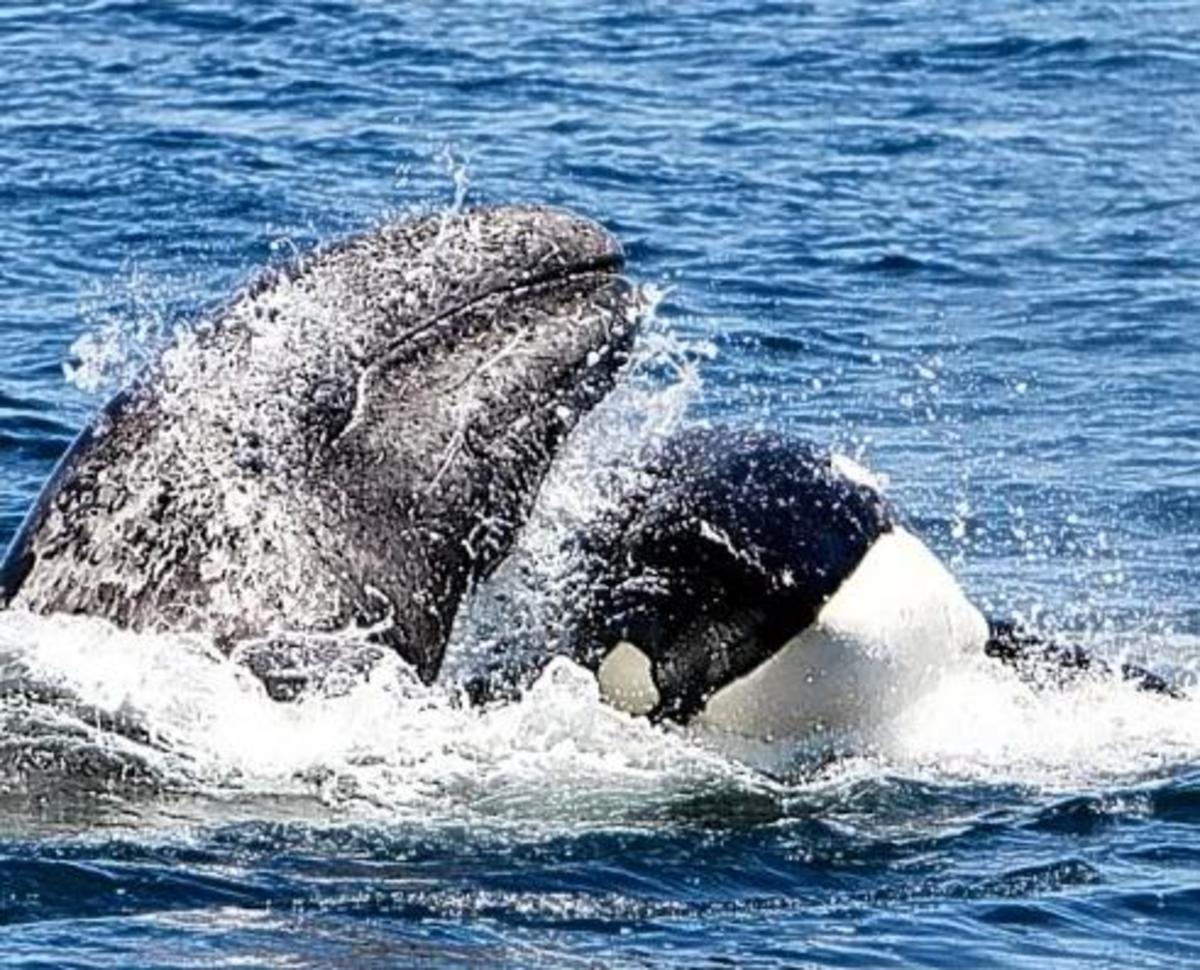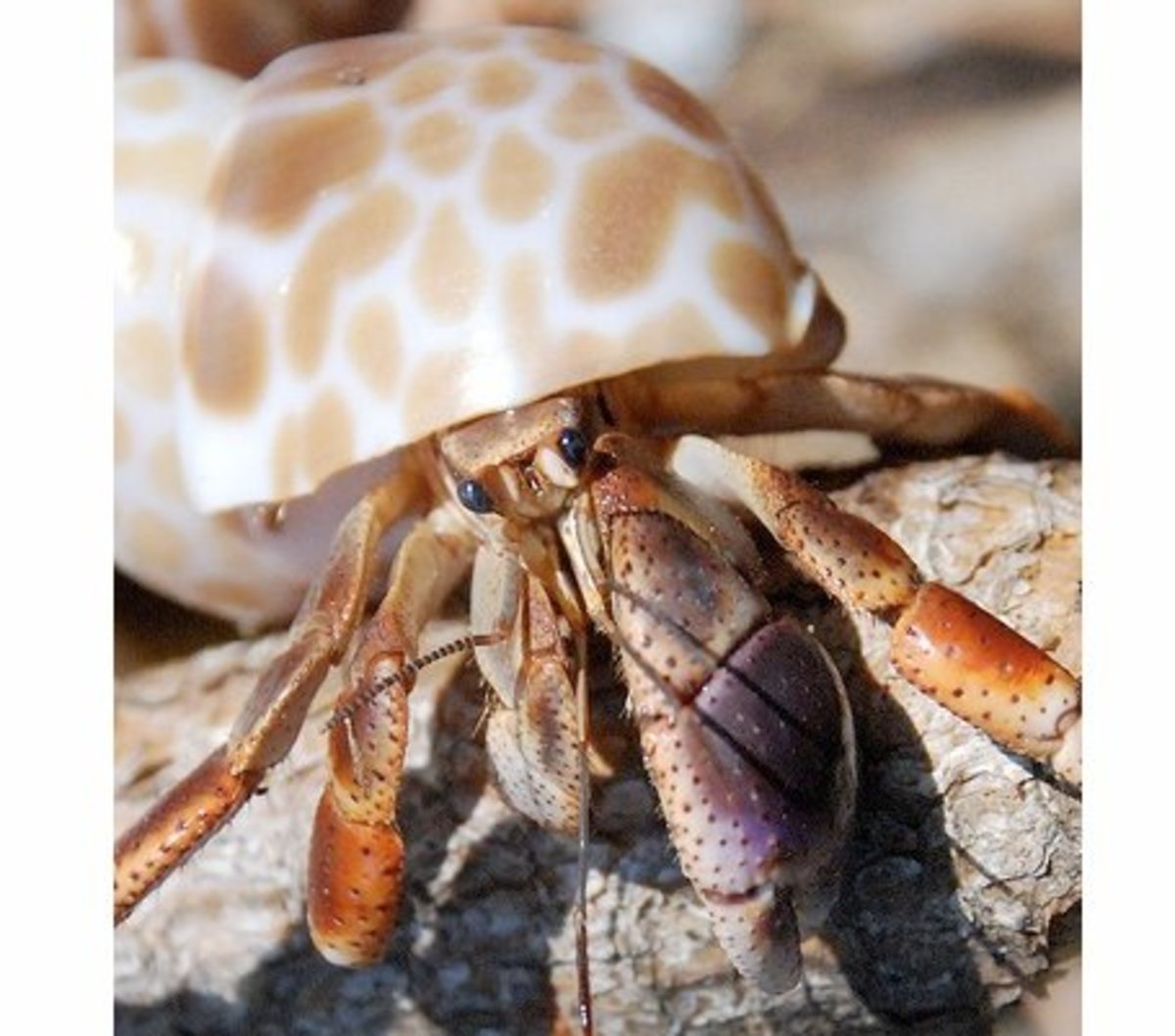- HubPages»
- Education and Science»
- Life Sciences»
- Marine Biology
So You Want to be A Marine Biologist
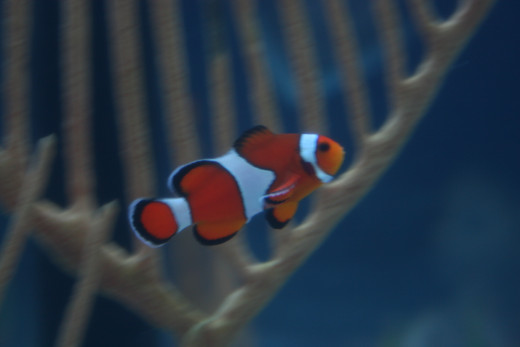
The Wide World of Marine Biology
So, you have decided that you want to become a marine biologist? That's fantastic! There really is no field like it. The diversity of marine biology is great and allows for many areas of specific study. However this diversity can be daunting for some and can be the death of many budding marine biologists.
Many people begin their marine biology careers in school to learn about marine mammals or sharks and often struggle with other concepts or have little to no interest in the other areas of the field. Of course, this generalization does not apply to all who study this field, there are many people that are more than happy to learn all that they can about the world's oceans. However, none the less, it is important to keep in mind that marine biology is the study of all living things in saltwater environments. This includes: mammals, reptiles, fish, birds, invertebrates, and single celled organisms. In order to have a full understanding of the organisms that inhabit the oceans it is also important to have a full understanding of the environment in which they live: tides, water composition, temperature, currents, and geothermic activity all play a key role in shaping the different conditions in the oceans.
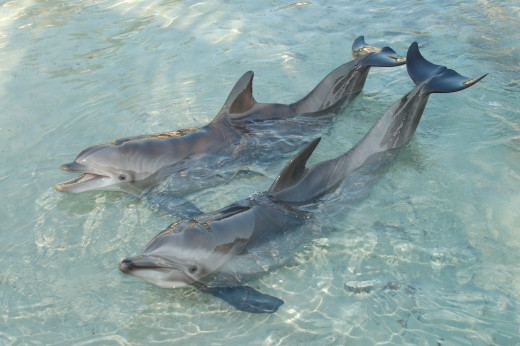
Marine Mammals
Since this is merely a general overview of the subject this will simply give some key characteristics of each type of marine mammal, otherwise this article would be entirely too long.
When most people think of marine mammals they think of dolphins, more specifically the bottle nose dolphin. Dolphins are just one branch of the cetacean order, others include whales and porpoises. One other famous cetacean is the killer whale, or orca. What many people do not know is that orcas are actually dolphins and not whales. Cetaceans all have several shared characteristics: a blowhole, pectoral flippers, a fluke (tail that moves up and down as opposed to the side to side motion of fish), live their entire lives underwater, and in order to keep a streamlined body the males keep their genitalia inside their bodies. Dolphins can be distinguished from porpoises in that dolphins tend to have a broader rostrum (nose) and more cone shaped teeth than porpoises. Dolphins are typically larger than porpoises as well. Whales, on average, are larger than dolphins and porpoises. Whale are divided between two subtypes: toothed and baleen whales. The blue whale is the classic example of a baleen whale while the sperm whale represents the toothed whales.
Pinnipeds are another order of marine mammal which includes: seals, sea lions, and walruses. Seals, or phocids, are distinguished from sea lions in that seals do not have external ear flaps, they cannot rotate their hind flippers which makes it impossible for them to walk on land (they move more like an inchworm), and most seals make vocalizations similar to grunting. Sea lions, which oddly are what most people think of when they think of seals, can walk on land using all four flippers, many make vocalizations that sound like barking, and have the muscle capability to balance a ball on their noses, which seals cannot do. Walruses are like sea lions in that they can rotate their hind flippers to walk and they have external ear flaps, but unlike sea lions they have a 'mustache' and tusks. All three of these subtypes give birth to their young outside of the water.
Sea otters and polar bears are also considered marine mammals. They both use their fur as a water repellant in an effort to keep warm in frigid waters. Polar bears spend just as much time out of the water as they do in. Polar bears mainly use the water for hunting and a means of travel and they give birth birth and raise their young on land. Sea otters are unique in that they are known to use tools in the form of rocks to crack open shells when they feed. They will spend their lives in the water and often float at the surface in groups when sleeping.
Manatees and dugongs are also considered marine mammals, as they can sometimes be found in brackish and salt water. Both eat mainly vegetation in the form of grasses. Manatees have a paddle shaped tail while dugongs have a tail that is shaped more like a dolphin's tail. It is believed that manatees had been mistaken by sailors as mermaids.
What do you think of when you think of marine mammals?
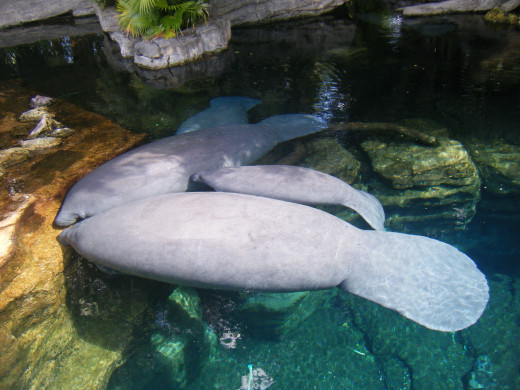
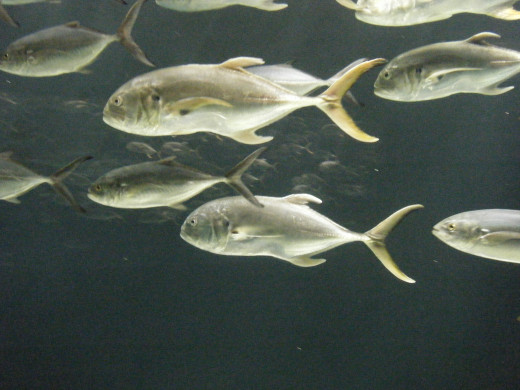
Helpful Books
Fish
There are many different kinds of fish. They come in many different shapes, sizes, and colors. The whale shark is the largest while the sea dragon may be the most unique looking. No matter what their differences are they all have several things in common: fish use gills to extract oxygen from the water in which they swim, they have fins instead of limbs, and they spend the entirety of their lives in water.
Fish can give birth to live young or lay eggs. When the female fish lays eggs and then the male fertilizes them, with the entire process taking place outside the body, it is called spawning. This behavior is seen in fishes like salmon. Some fish, like some species of shark, reproduce via mating where the male inserts his genitalia into the female to produce offspring. An example would be most species of sharks.
Fishes are vertebrates, meaning they have a backbone that encases part of their nervous system. Some species of fish have a skeleton composed of cartilage, such as elasmobranchs, while others have bones making up their skeletal system, like herring. Cartilaginous fishes are more flexible than boney fish because their skeletal system is able to bend more than bone can. This is one reason why sharks and rays are able to hunt as well as they can.
Some fish feed on plankton while others feed on other fish or even birds and marine mammals. Typically the rule of thumb, with the exception of the whale shark which is a filter feeder feeding on plankton, bigger fish eat littler fish. Some fish have teeth and jaws that are meant for crushing, like rays and sheepshead, and eat mollusks. Nurse sharks and lion fish are examples of fish that consume prey by using suction to pull them into their mouths.
Some fish live in schools, like capelin, while others live in solitude, like swordfish. Some fish live in reef systems, many species of tangs are a prime example of this, while others live the waters around the arctic circles, like the greenland shark. Some fish, like salmon and bull sharks, are capable of moving from saltwater to freshwater.
Of the choices which fish is your favorite?



Marine Reptiles
Marine reptiles are interesting creatures. They differ from their terrestrial cousins in that they have adapted to living most if not all of their lives in the water. Saltwater crocodiles, sea turtles, sea snakes, and marine iguanas are the prime examples of marine reptiles.
Saltwater crocodiles are very much like their freshwater counterparts in that they hunt in the water and come onto land to have their young. They are, however, larger than their freshwater cousins and tend to be more aggressive. Sea snakes are also much like their terrestrial counterparts, however they have adapted to live their lives in the water by evolving special ways of regulating the salts in their body verses the salts in the seawater in which they swim. These species are also highly venomous, whereas not all species of land snakes are.
Marine iguanas and sea turtles both need to expel excess salts from their bodies. Marine iguanas do this by shooting excess salts from their nose explosively. Sea turtles do this by 'crying', a special glad near their eyes helps to remove the excess salts from their bodies and the effect makes them appear to be crying. marine iguanas are exclusive to the Galapagos Islands and can be found in large groups, whereas sea turtles can be found all over the world and typically live solo lives only coming together to mate. One big difference between the marine iguana and the sea turtle is that the iguanas only go into the sea to feed while sea turtles live almost their entire lives in the water.
There are many different species of sea turtles, the largest being the leatherback sea turtle, all of which are threatened or near threatened. As soon as sea turtles hatch on the beach they make their way to the ocean. They will not return to land until they return to the same beach where they were born to lay their eggs. Sea turtles eat a variety of different foods, ranging from jellyfish and sponges to sea grasses and fishes. Sadly sea turtles often fall prey to human trash, often consuming plastic bags and dying from a large build up of trash in their digestive tacts.
Invertebrates
This is probably the largest group in the marine biology field. It encompasses everything from plankton and corals, to snails and squids. For this reason this article will merely highlight some of the key characteristics of a few species of invertebrates.
Jellyfish come in many different shapes and sizes. The harmless moon jelly filter feeds plankton and other small creatures from the water in which they swim, they are shaped like circles and have short tentacles. Nettles are what most people think of when they think of jellyfish, they have the bell shape and long stinging tentacles. They feed on small fishes and other jellyfish, in short anything that gets caught in their tentacles.
Many people are surprised to know, however chances are high that if you are interested in marine biology you already know this, that corals are animals and not plants. They have a structure composed of calcium and inside thousands of tiny invertebrates live, sometimes they form a symbiosis with algae. Corals come in many different shapes, sizes, and colors. They can even be found in different water types. When most people think of corals they think of reef systems in tropical waters. These are very delicate ecosystems, and require stable water quality. The biggest threat to coral systems is changes in water quality, this means anything from the temperature, to salinity, to the concentration of trace minerals in the water.
Probably some of the coolest invertebrates are cephalopods. These are squids, octopus, and cuttlefish. They have chromatophores in their skin. These are tiny organelles found in the skin, and when specific muscles contract they allow different pigments to be shown through to the skin.


Marine Birds
There are many different species of marine birds, for the most part they have the same characteristics and none of them spend their entire lives in the water. The penguin is the fist type of bird that will pop into the mind of most people when they think about marine birds. But, there are more than just penguins representing birds in the oceans.
Gulls and terns are found on the shores, the eat mainly fish and have a very distinctive cry. Sand pipers are small shore birds that eat small invertebrates in the sand that get washed up from waves. Pelicans, like gulls, eat mainly fish and can be found near shores, they have a special pouch that allows them to hold fish and water. There are many different species of penguins, all of which are flightless. The majority of them are found in the cold waters of the antarctic, though some are found in South Africa. No matter the type of marine bird they all have their young on land and for the most part only enter the water to hunt
What Can You do With Marine Biology
Many people don't know exactly what they can do with a degree in marine biology. The good news is the types of jobs are about as diverse as the field itself. You could enter the world of husbandry and work in a zoo or aquarium or even a fishery. Research is always an open option, and with all the changes to the ocean environment it is a booming part of the field. Many different companies hire researchers to make sure that their company is complying with government regulations in an effort to promote conservation. Teaching is also an important job that is open to those with a degree in marine biology. Education jobs can be found in high schools, universities, and in zoos and aquariums. Stranding centers also employ marine biologist to help return injured and sick marine life to the seas. With a degree in marine biology the world is literally your oyster, pun fully intended.
© 2013 Alexandria
